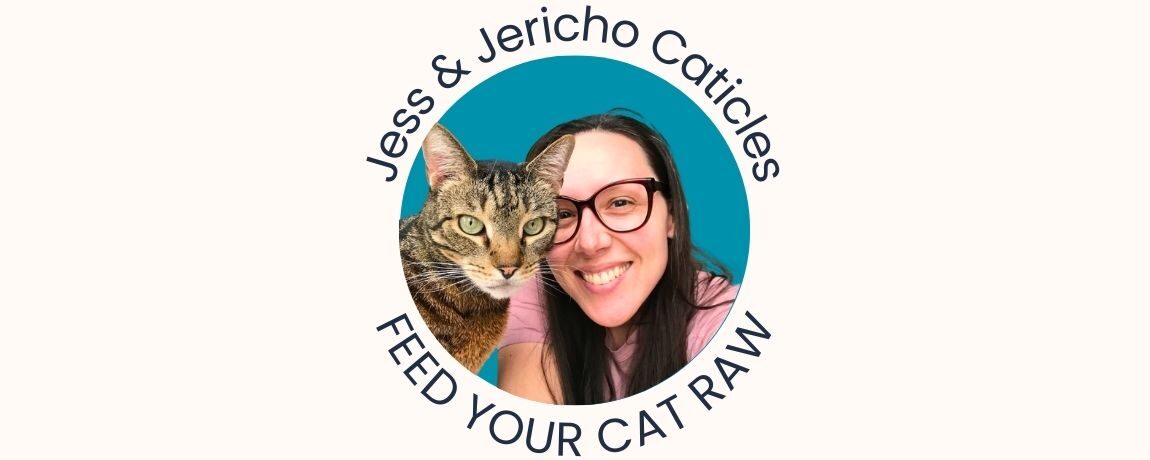My goal on Caticles is to help cat parents feed their cats better. This can improve behavior and health.
I also want you to live happier lives all around. And here’s why.
From 2013-2017, I hated my jobs. I was in an industry that did not align with my soul. My values were stripped, and I was depressed. This was affecting my relationships in a very negative way.
So I fought hard to change it.
I went into pet care because I’ve had 12 cats and 14 dogs in my life since I was four. I was born in 1989. Cats are my life.
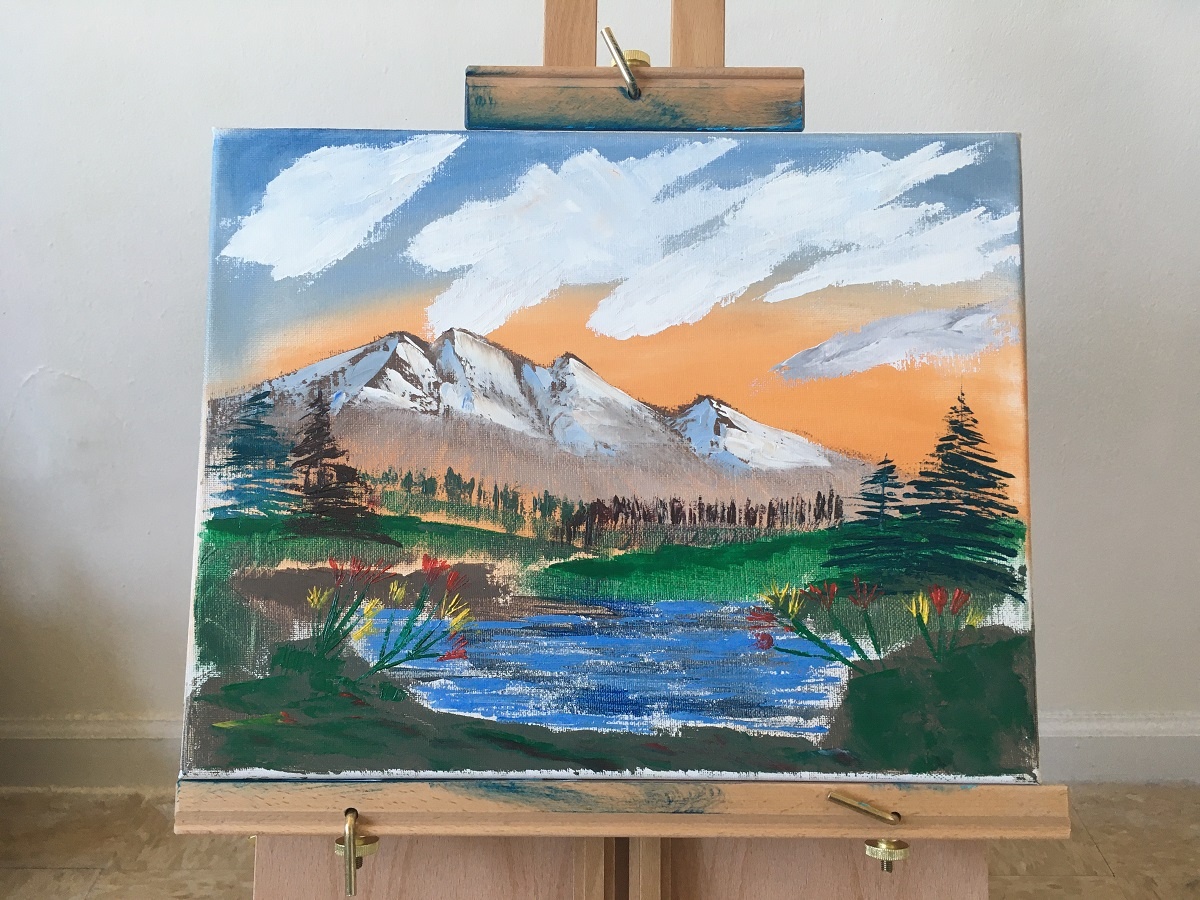
Disclaimer: I earn a commission if you purchase through affiliate links below.
Art therapy
Another passion of mine is art. I used to watch Bob Ross with my grandmother, and she learned how to paint from him. Now I am doing the same.
Being creative is extremely therapeutic. Expressing yourself feels good. It’s wonderful stress relief.
Imagine how different the world would be if we all did what we are passionate about.
Yes, of course, it’s easier said than done. But it’s up to you to change. No one can do that for you.
Maybe it’s easier to continue going through the motions. But the satisfaction on the other side of that fear and hard work is so much more fulfilling.
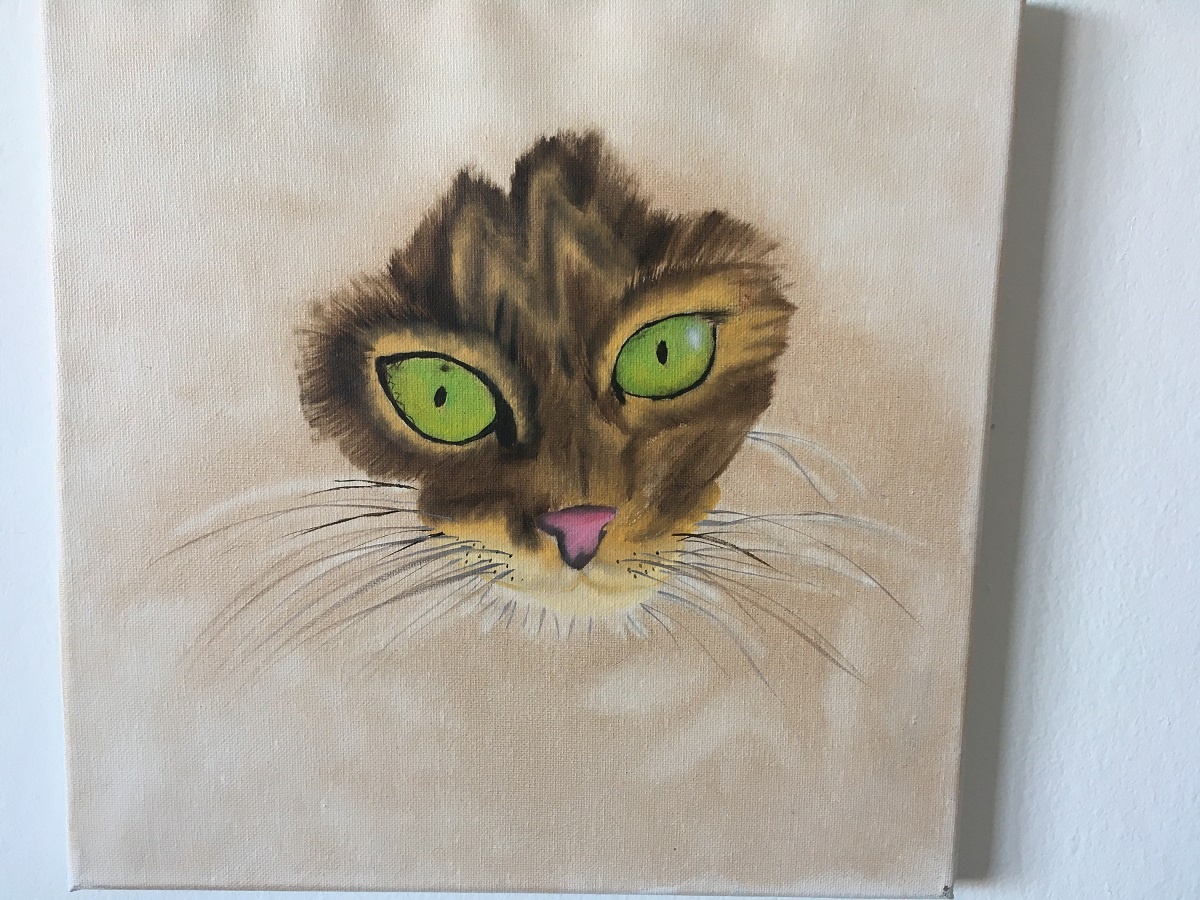
The only secret here is practice. More practice means more mistakes. The only way to learn is by making mistakes.
Oil painting tips and tricks
“Painting is nothing but games of illusion” – Bob Ross
- It’s easier to paint on a wet canvas. You can add a touch of water to the water-soluble paints to help it along.
- Start with less paint. You can always add more.
- You need shadows and highlights. This is aesthetically pleasing to the eye because it adds depth. Plus, you need dark to see light.
- Paintings using the same colors look better. For example, when you mix a shadow color, use that base to mix highlights.
- Black canvases are fun because the colors pop. Use black acrylic to paint the canvas. It will dry in a few minutes.
- Learn how to use each brush. How you load the brush and the strokes create different looks.
- In landscapes, everything should get darker in value as it gets closer to you. Detail increases as it gets closer to you as well.
- In portraits, block in color first. Add more detail as you add each layer.
- Give yourself some distance from the painting. You’ll be able to see more detail a few feet away versus standing right in front of your painting. I often step away from my painting for a few minutes and then come back with fresh eyes.
- Take a picture of your painting. This will allow you to see more detail.
- Oil paint is very forgiving. If you paint something you don’t like, blend it out or cover it up.
- Oil paint takes weeks and sometimes months to dry completely. Keep this in mind before hanging or gifting.
- Most importantly, don’t copy your reference photo exactly. Your painting should be your interpretation. Make an indication of a tree, mountain, or pet fur. Painting is all about illusion, and this is DIY wall art. If we wanted an exact copy, we could just hang the reference photo.
My art supplies
- Water-miscible oils – I use water-miscible (also known as water-mixable or water-soluble) oils. These oil paints are the same quality grade as traditional oil paints except no nasty solvents are needed to clean up. You can use water! Even odorless paint thinner is no good. Just because you can’t smell the toxins, it doesn’t mean they aren’t there.
- Black acrylic paint – I use this to color canvases. Black canvases are my favorite! Acrylic paint is wonderful for this because it dries within minutes.
- Palette knife – I have the large palette knife, but I plan to get the small one too. I’ve done entire paintings with just the knife (first picture above). This is useful for mountains.
- Paintbrushes – Make sure you use synthetic brushes with water-miscible oil paints. These brushes are soft and good quality for the price.
- Paint palette – These are quite small, but it comes with two. I use one for mixing and one for any extra paint leftover.
- Painting easel – I love this one because it’s fully adjustable. There are a tabletop and full standing conversion. The easel folds down into a briefcase so you can travel with it. This is perfect for painting outdoors. It weighs around 15 pounds.
- Canvas panels– I like panels and stretched canvas boards. I haven’t experienced any warping to the panels. This canvas bundle is nice because it comes with many sizes. I also buy canvases at Michael’s. Note: if you plan to sell your artwork, these canvas panels have a logo on the back that you can’t remove.
Check out my step-by-step cat portrait process (PDF guide, no opt-in required).
Give it time to load. It’s 9 pages.
February 1, 2020

February 8, 2020
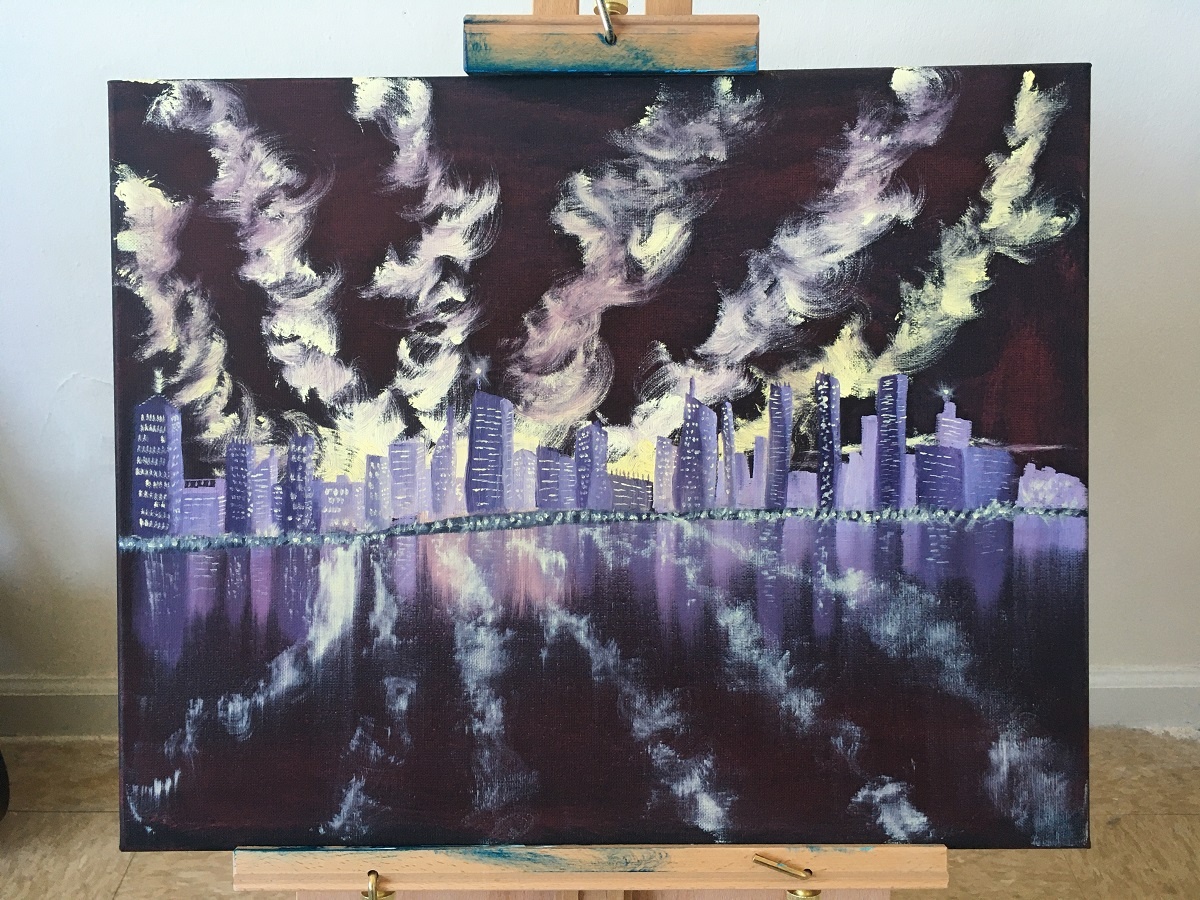
February 15, 2020
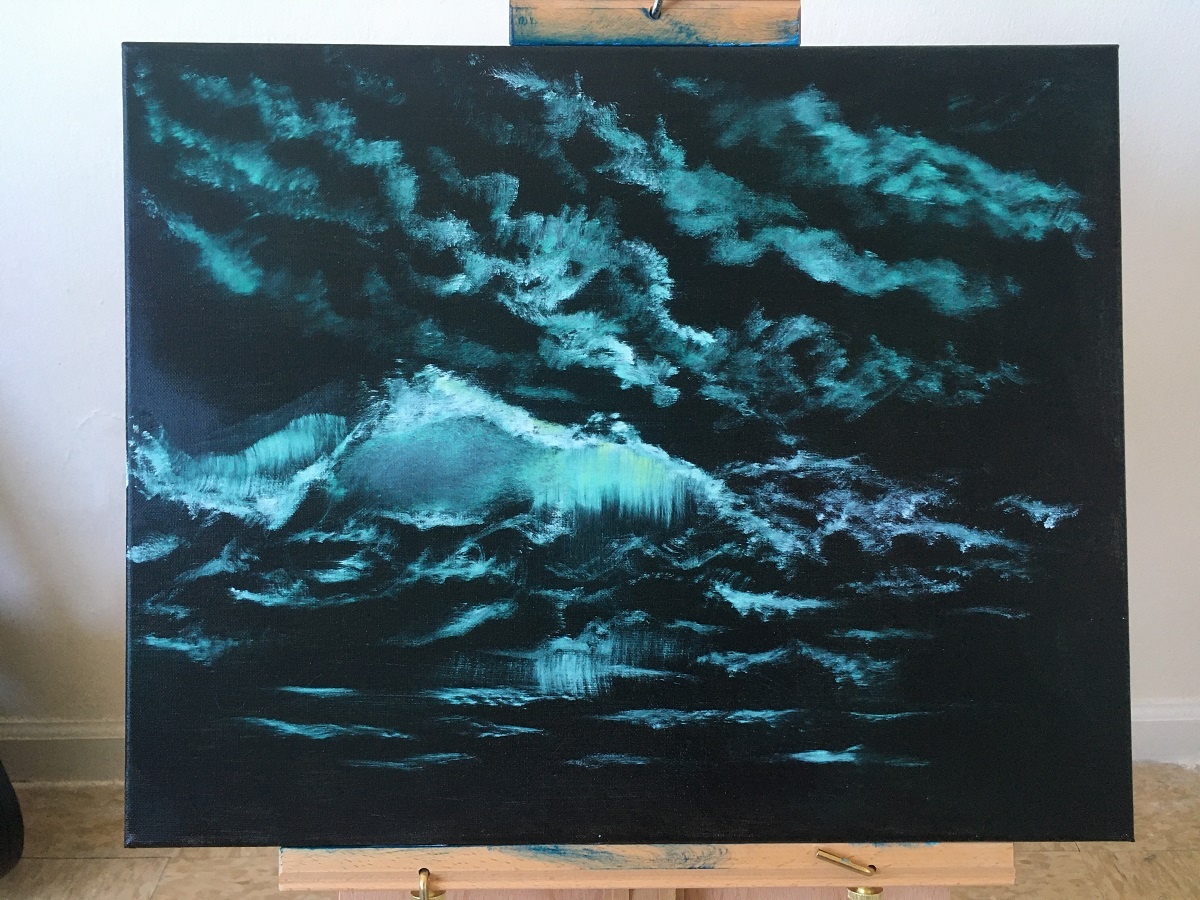
February 22, 2020
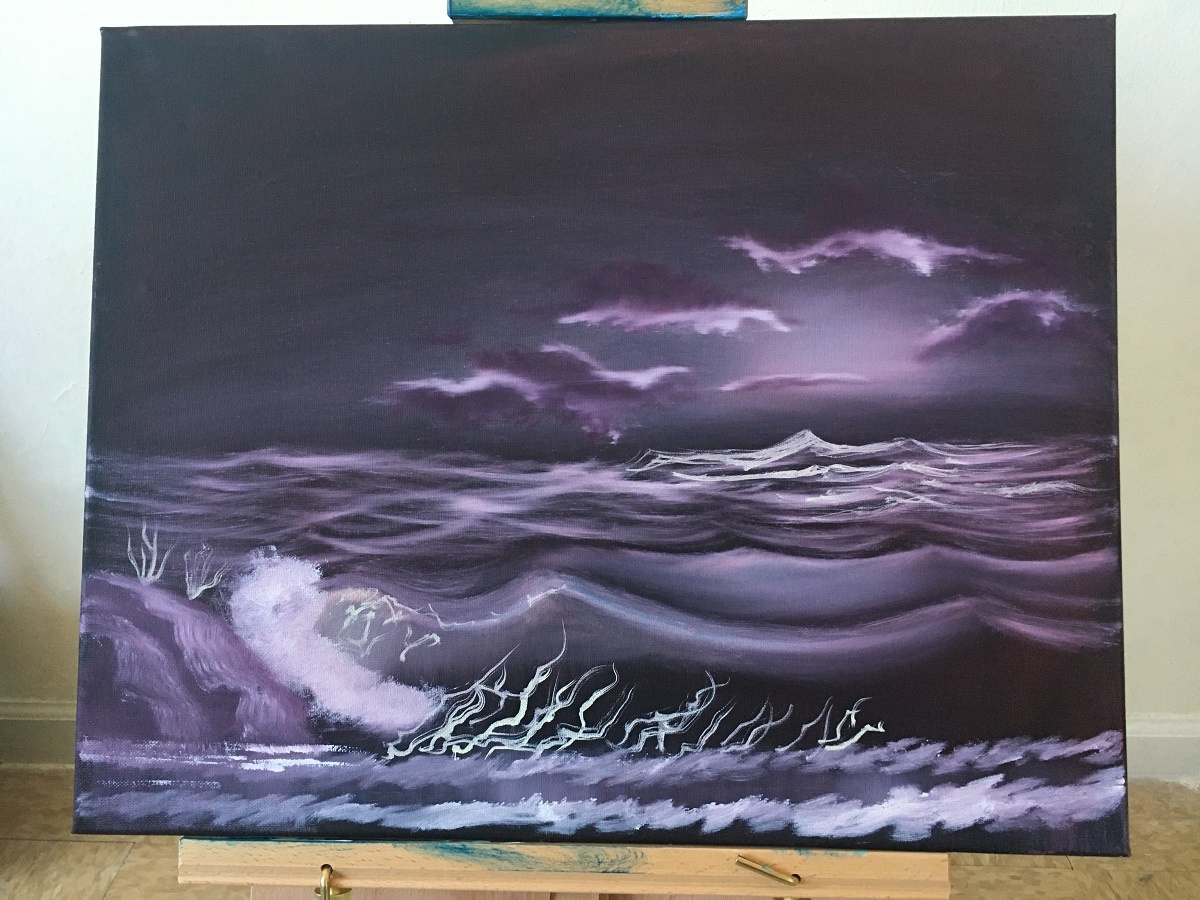
February 29, 2020
Picatsso – Nailed it
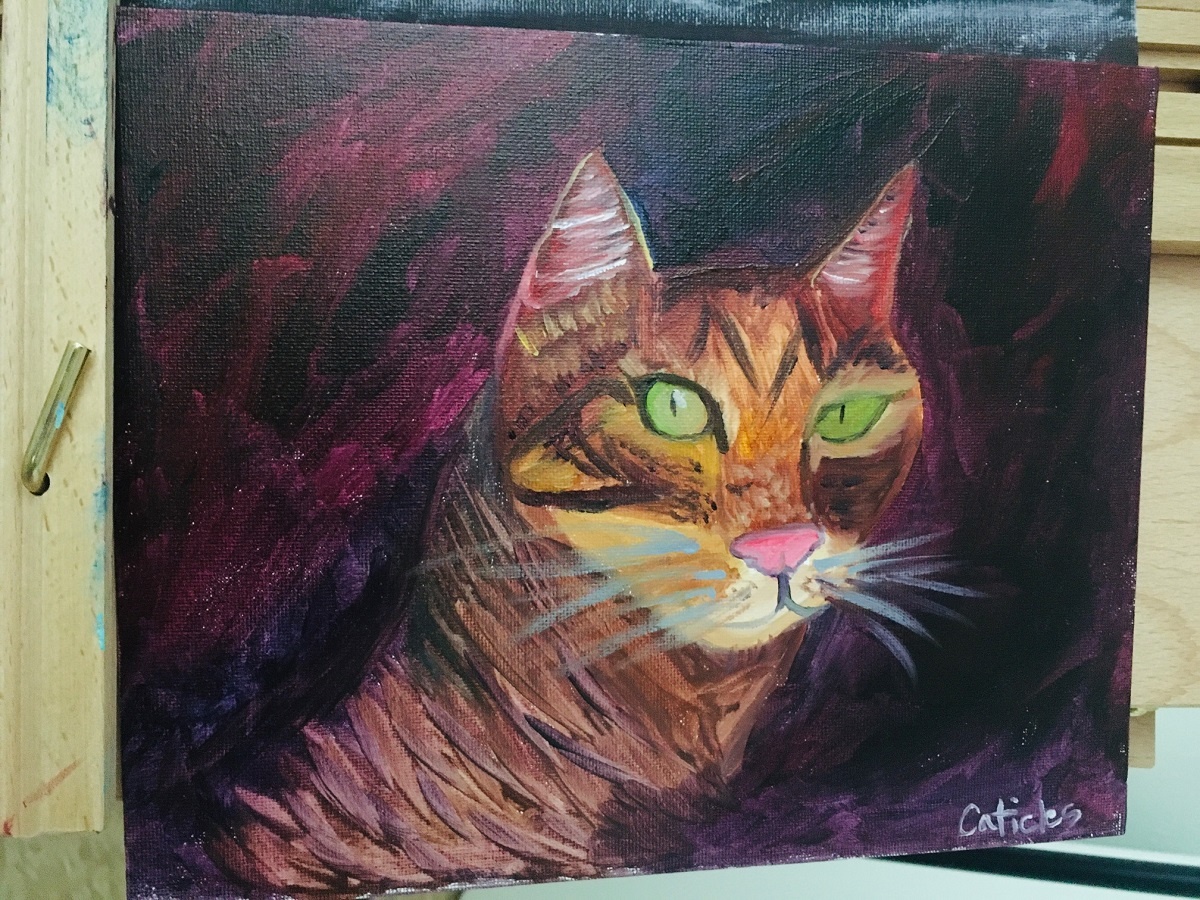
Are you inspired yet?
Or perhaps you’re laughing as hard as I am about my Picatsso?
March 7, 2020
Unintentional abstract

March 14, 2020
TOU-na-CAN
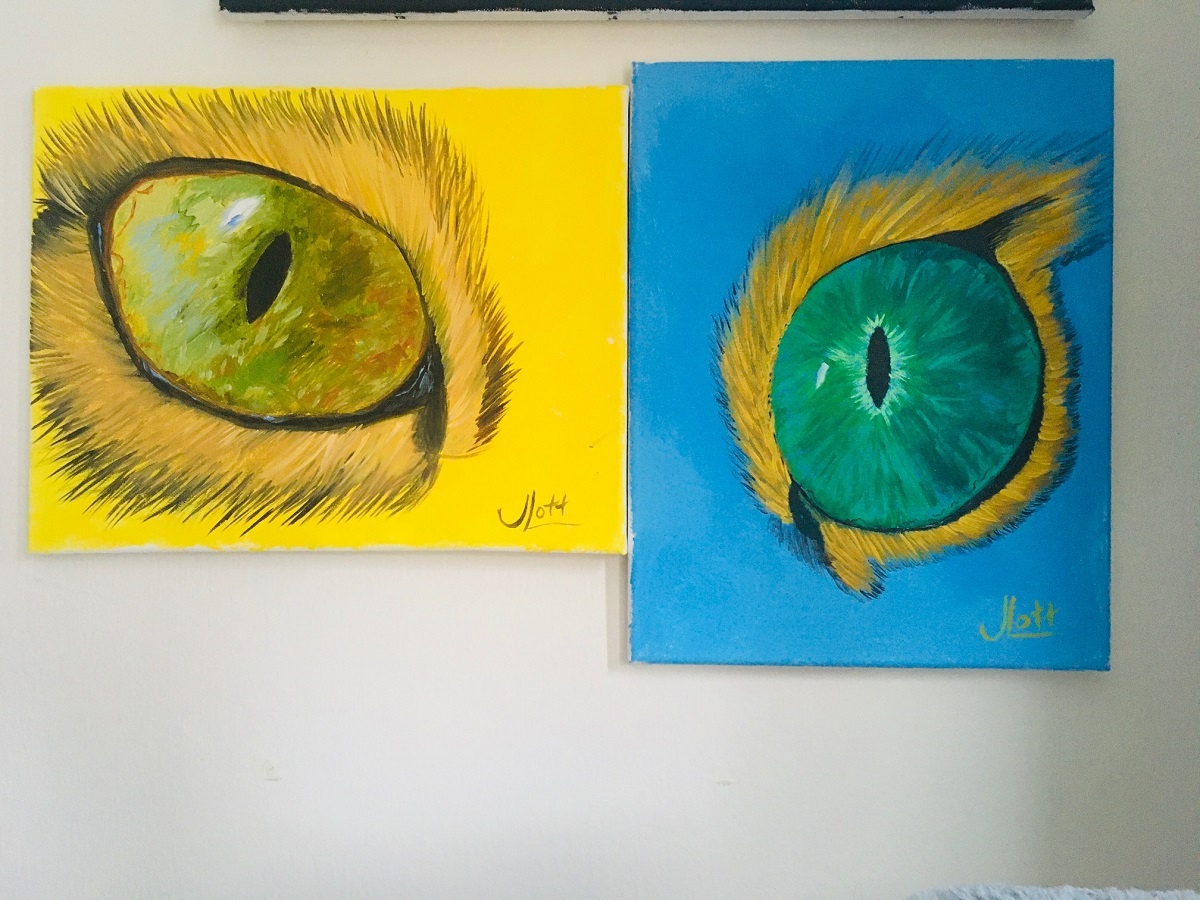
March 21, 2020
Wild Cat

March 28, 2020
The Realist

April 4, 2020
Getting there
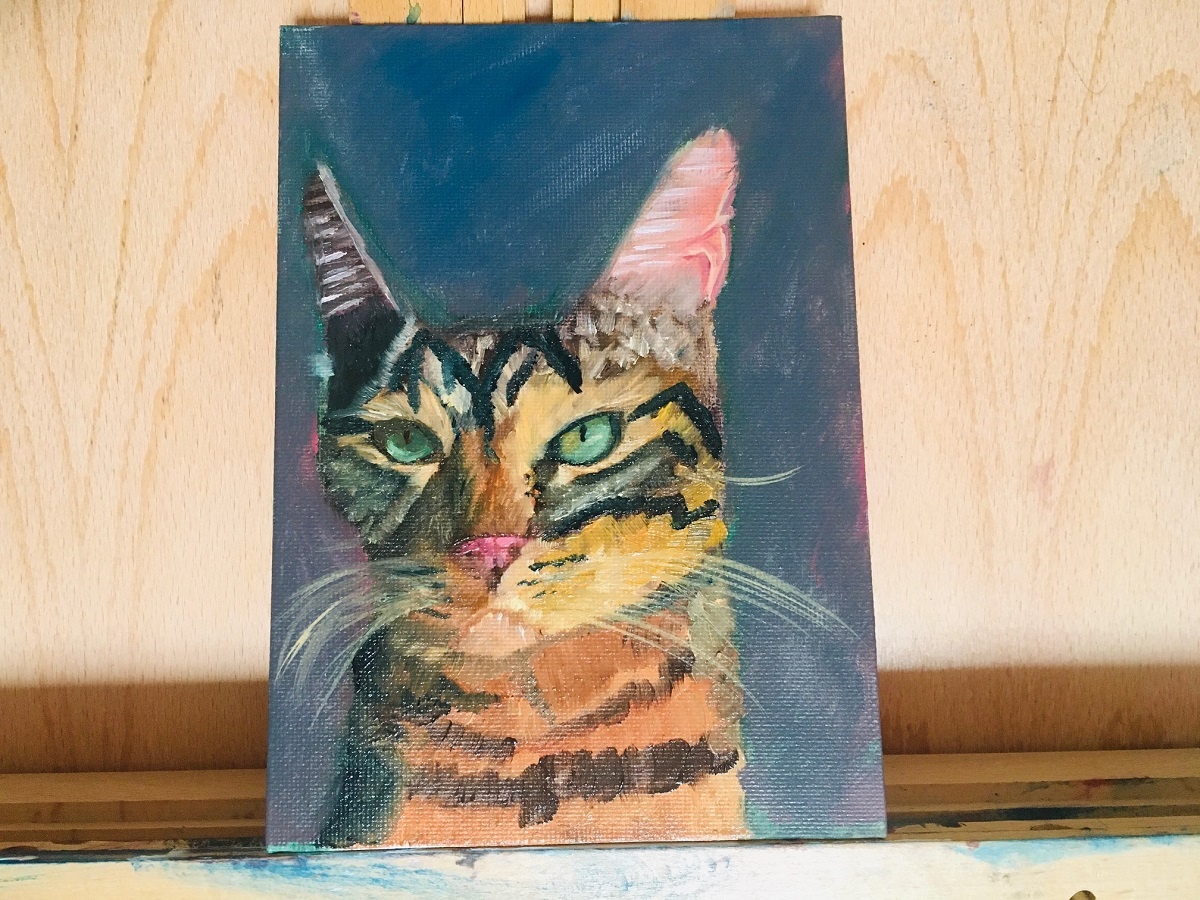
April 11, 2020
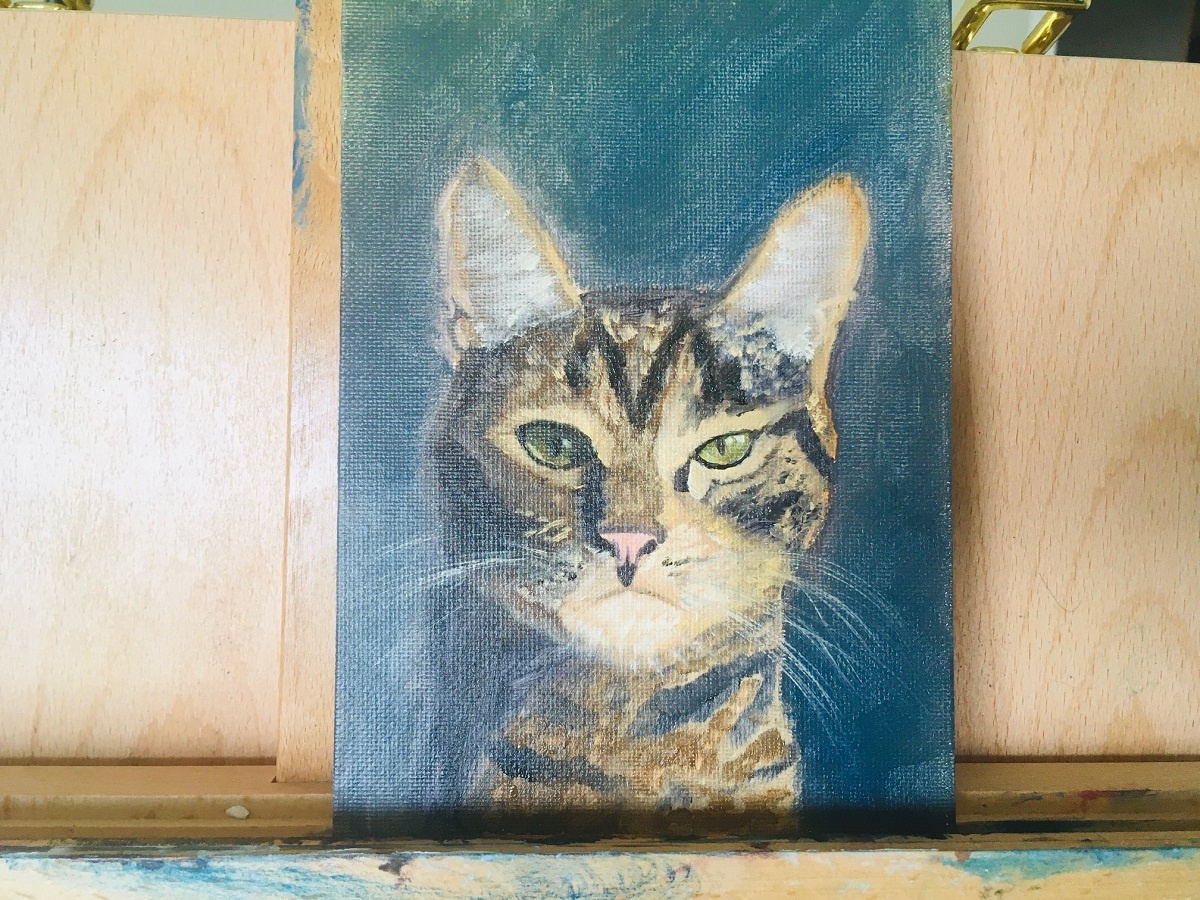
April 18, 2020
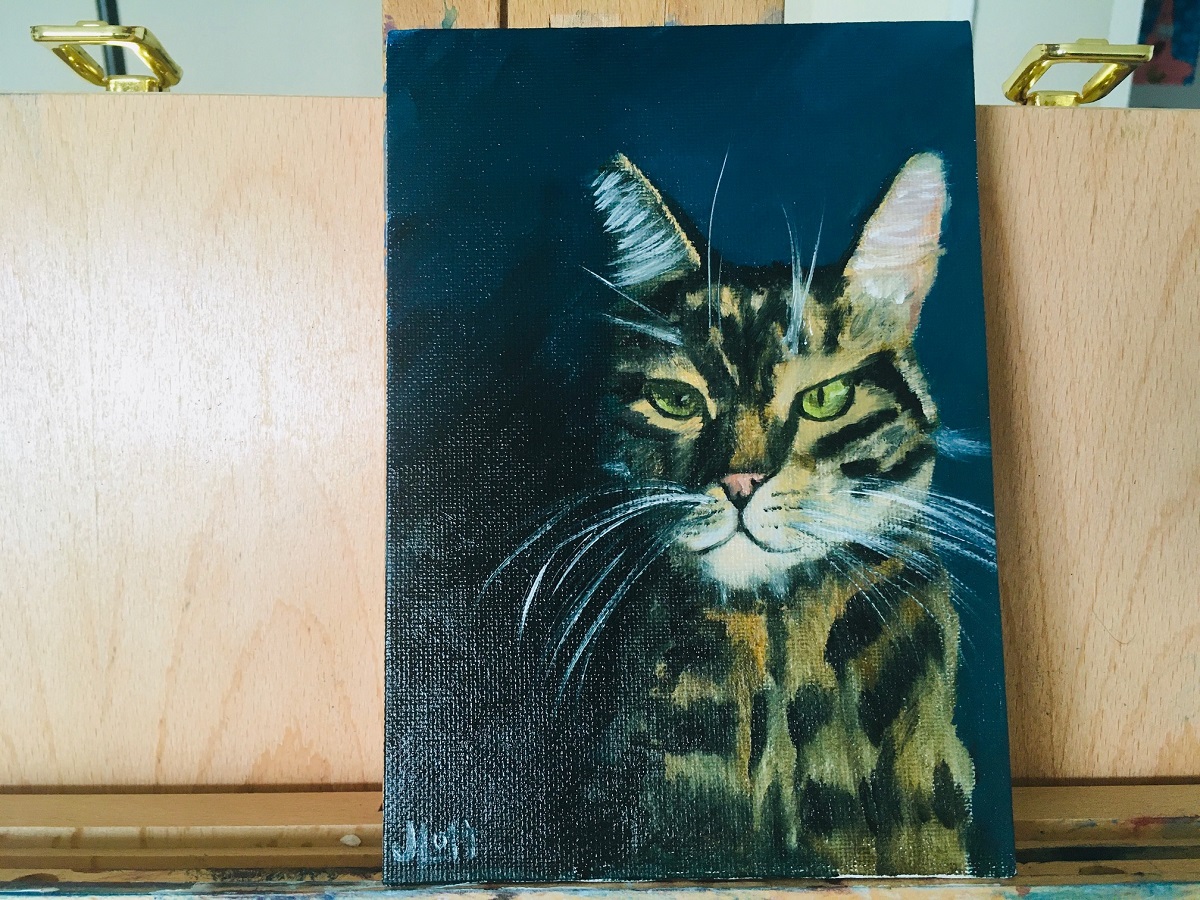
May 2, 2020
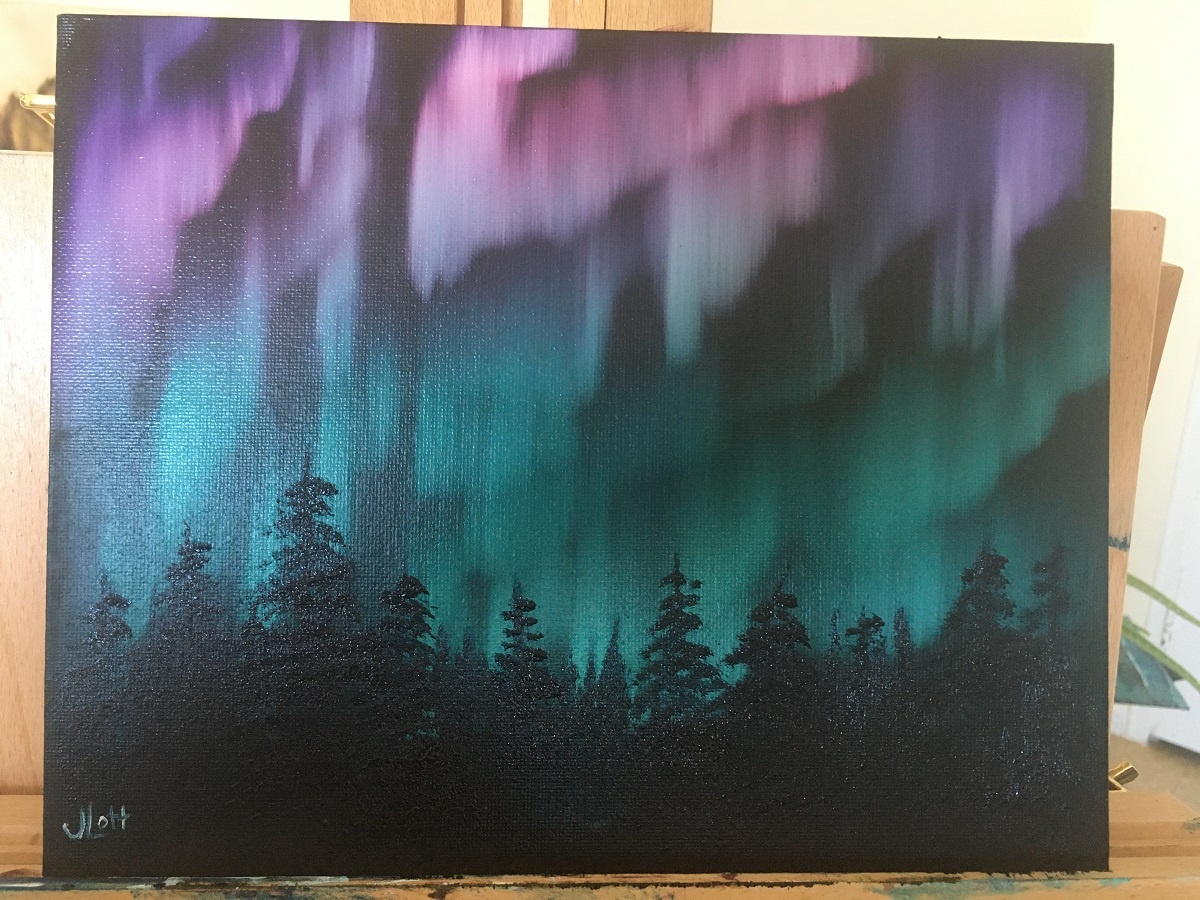
May 16, 2020
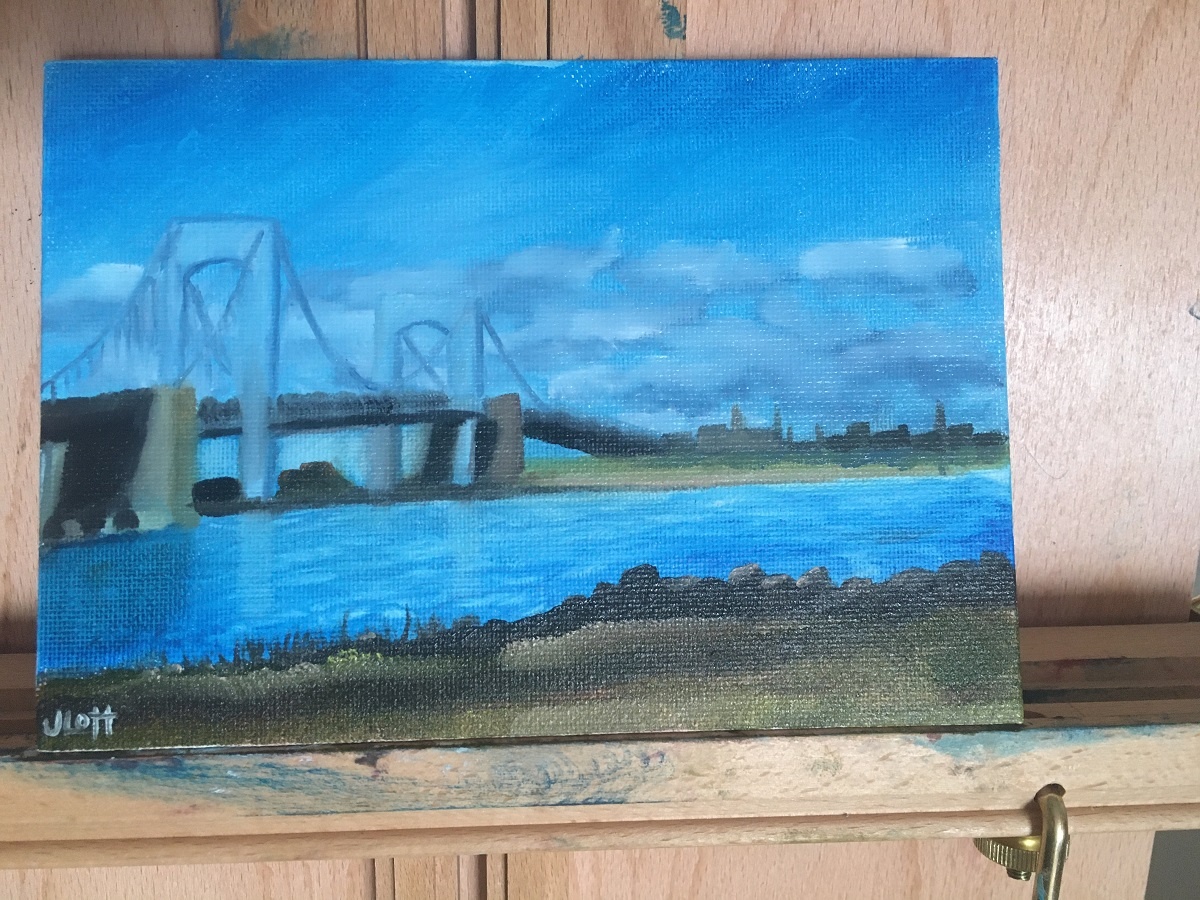
June 20, 2020
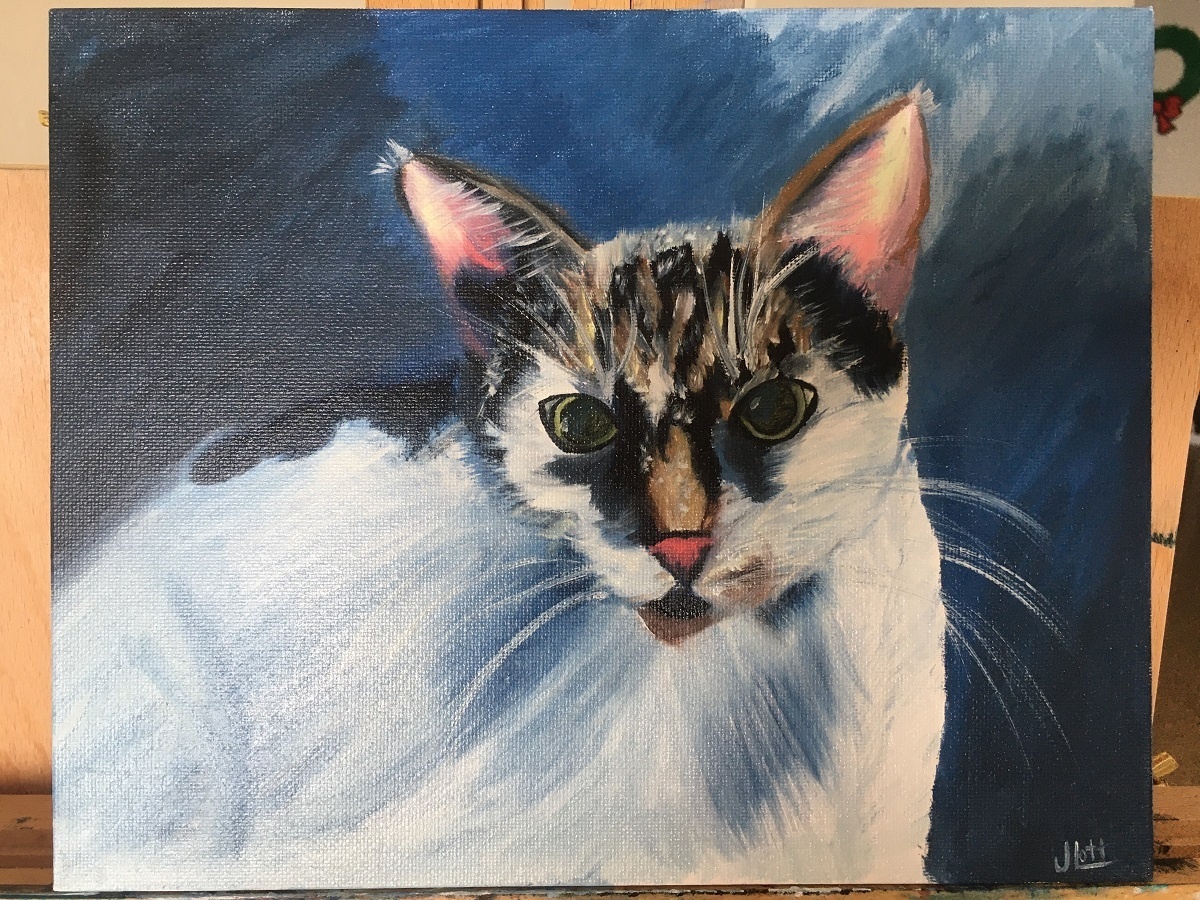
August 26, 2020
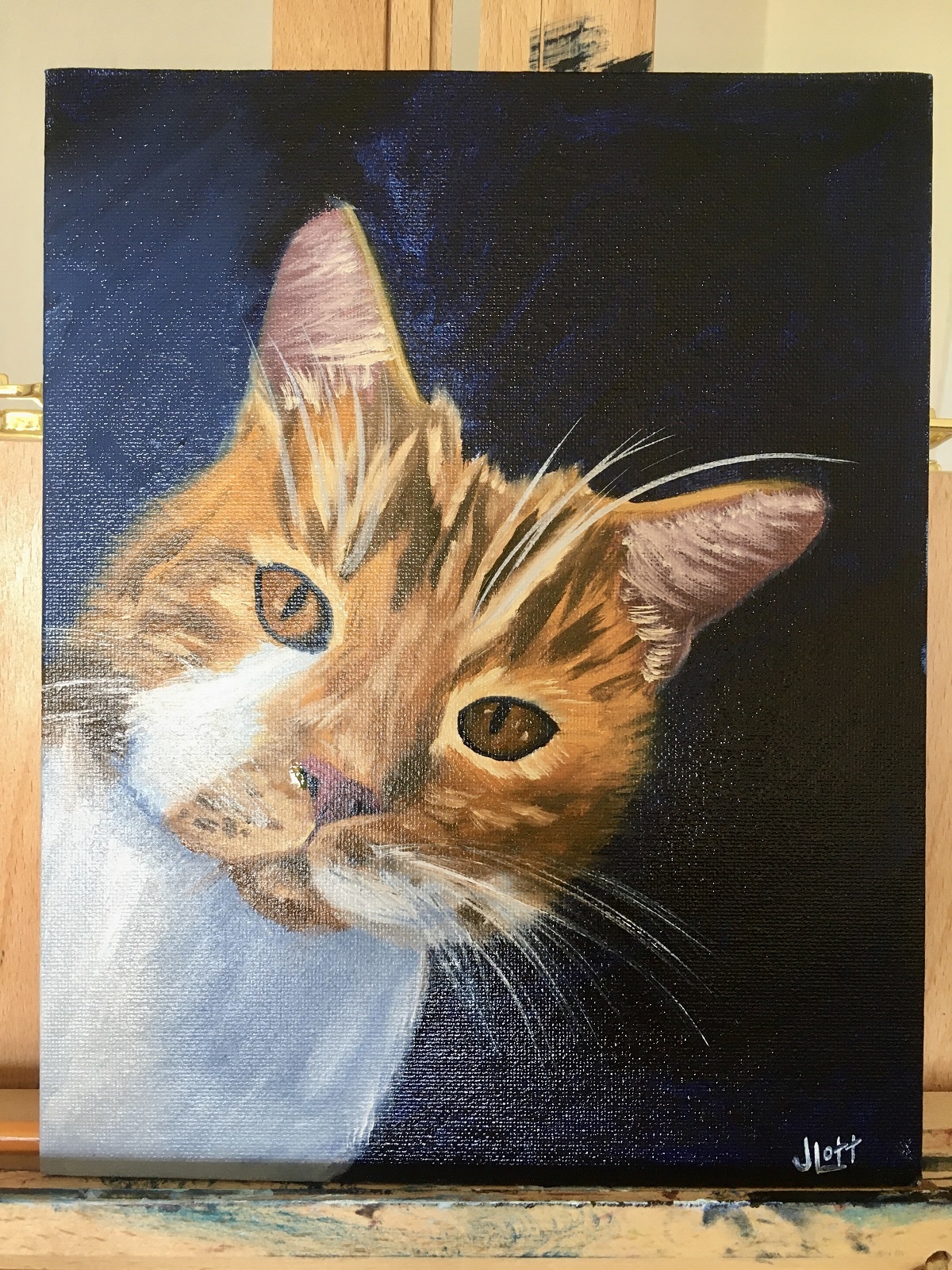
2022 edit: I’m still painting. I just haven’t had the time to upload the images.
I’ve expanded my online business to a full-time income since I created this page. Yay!
Check out my guide how to start a blog if you’d like to do the same.
